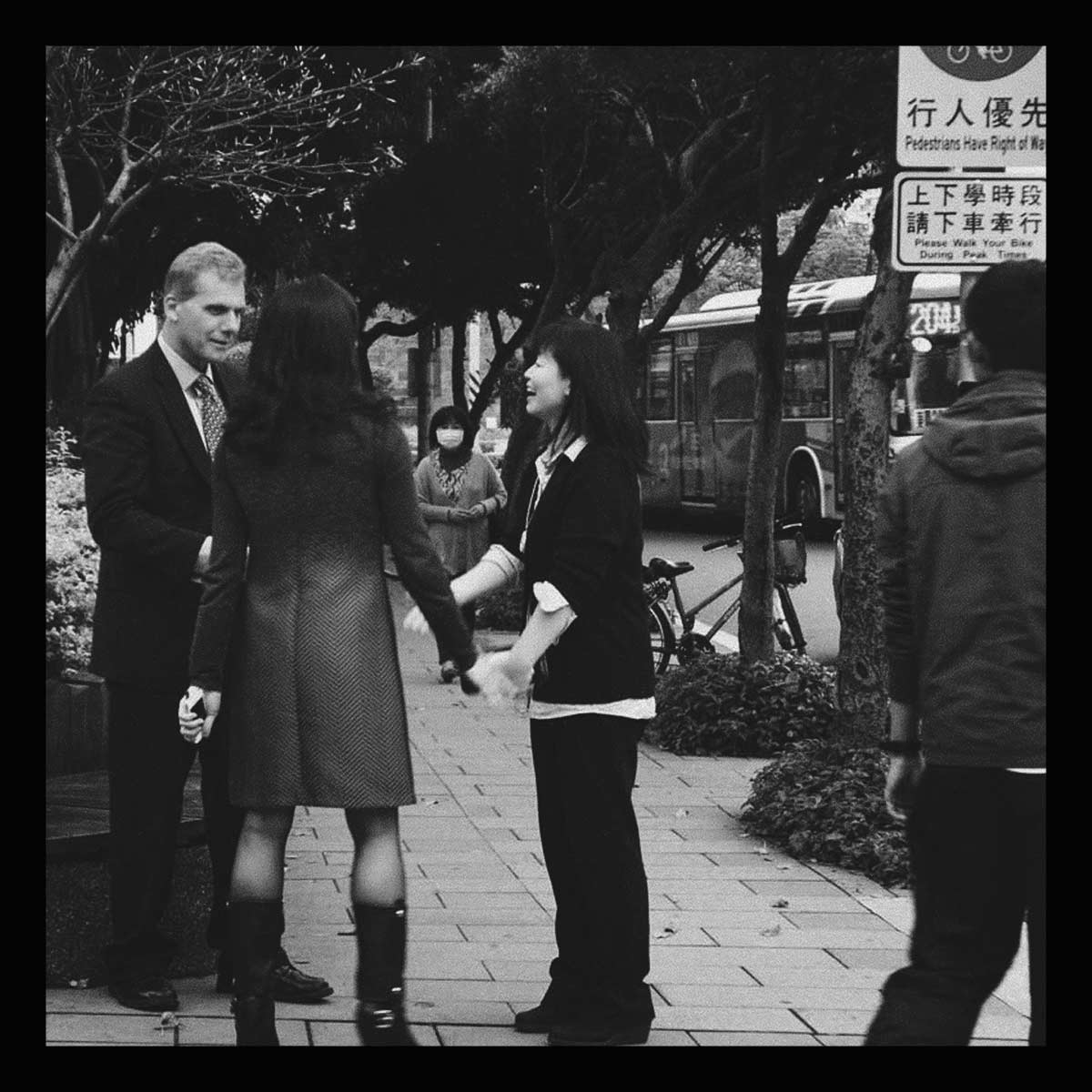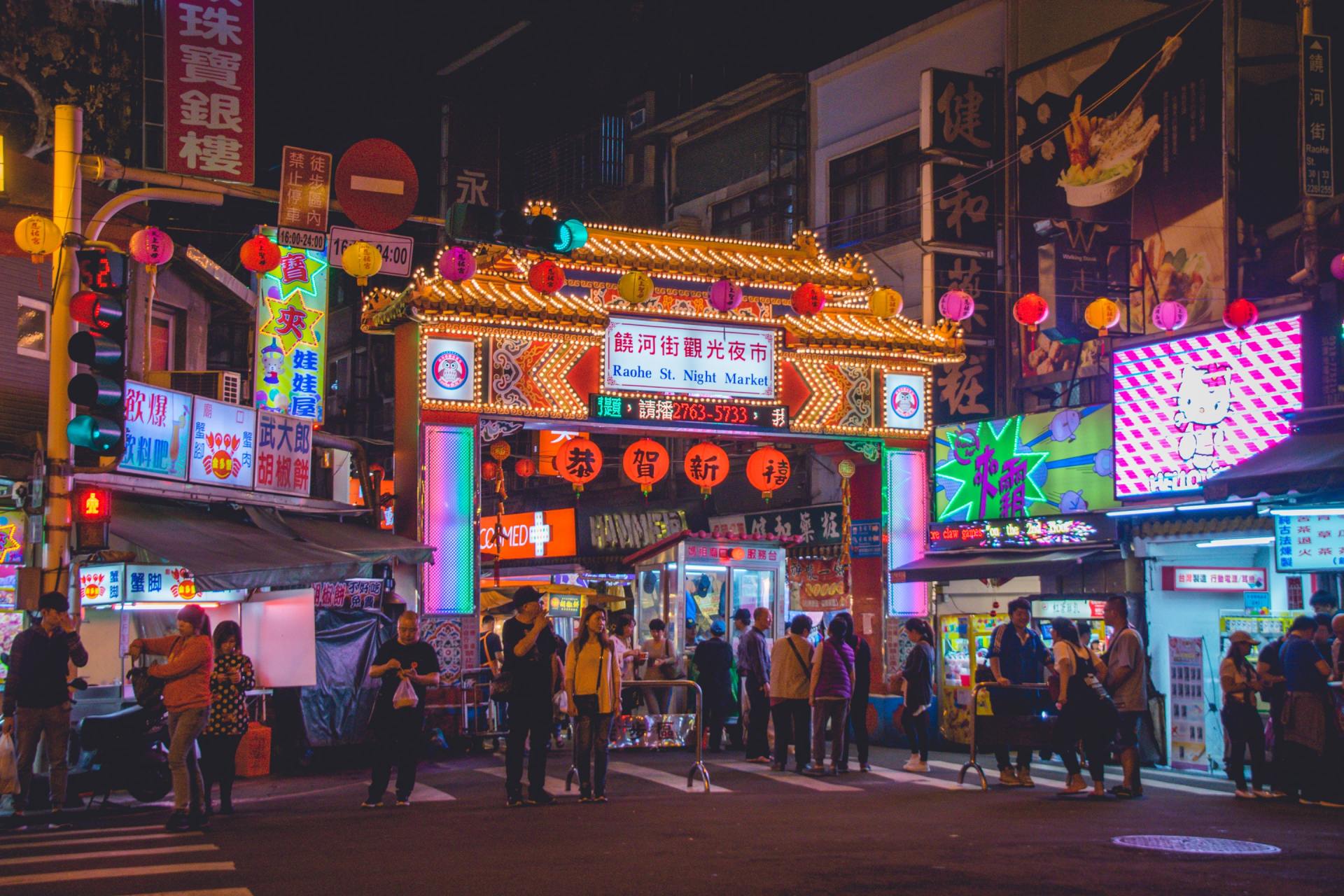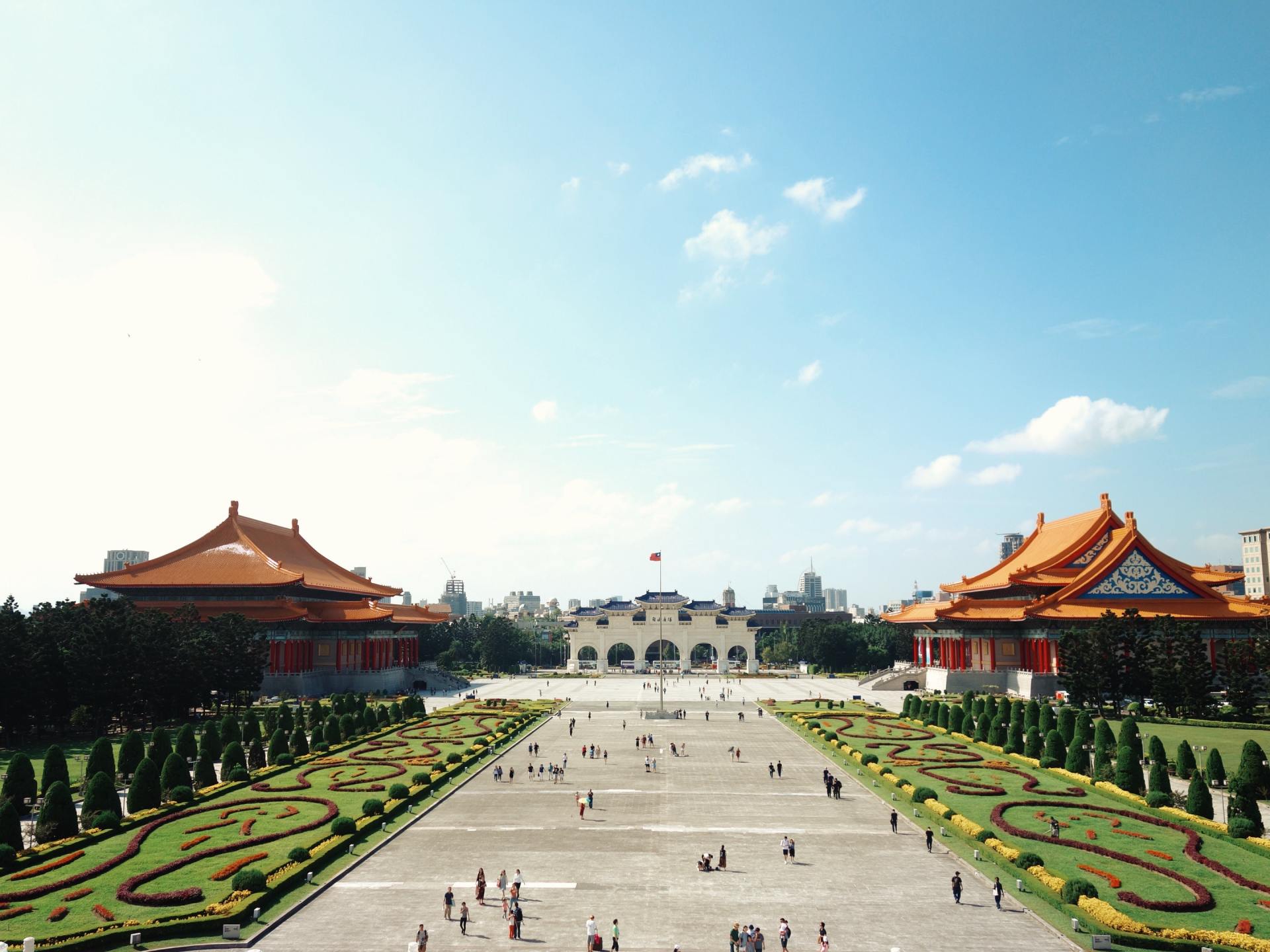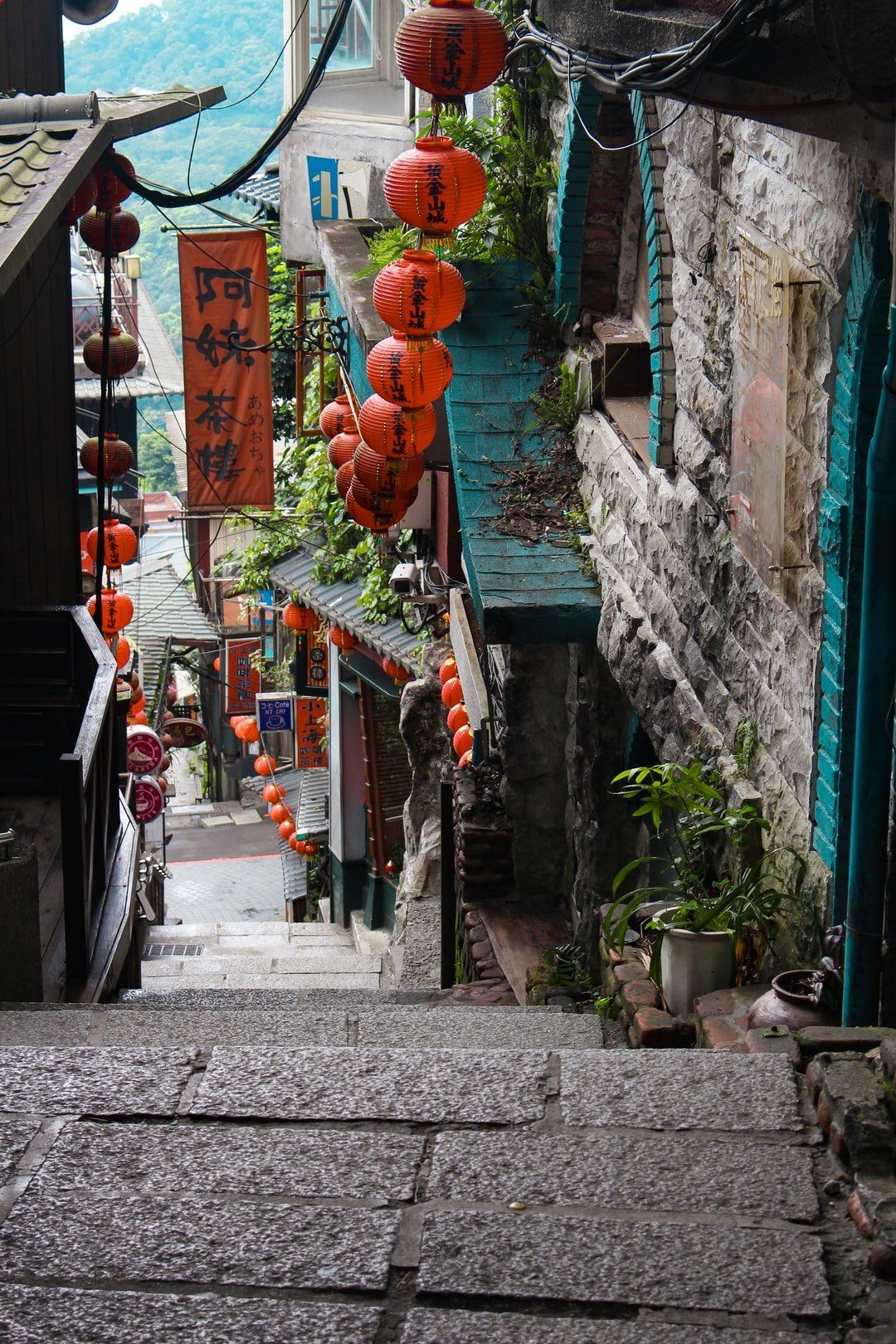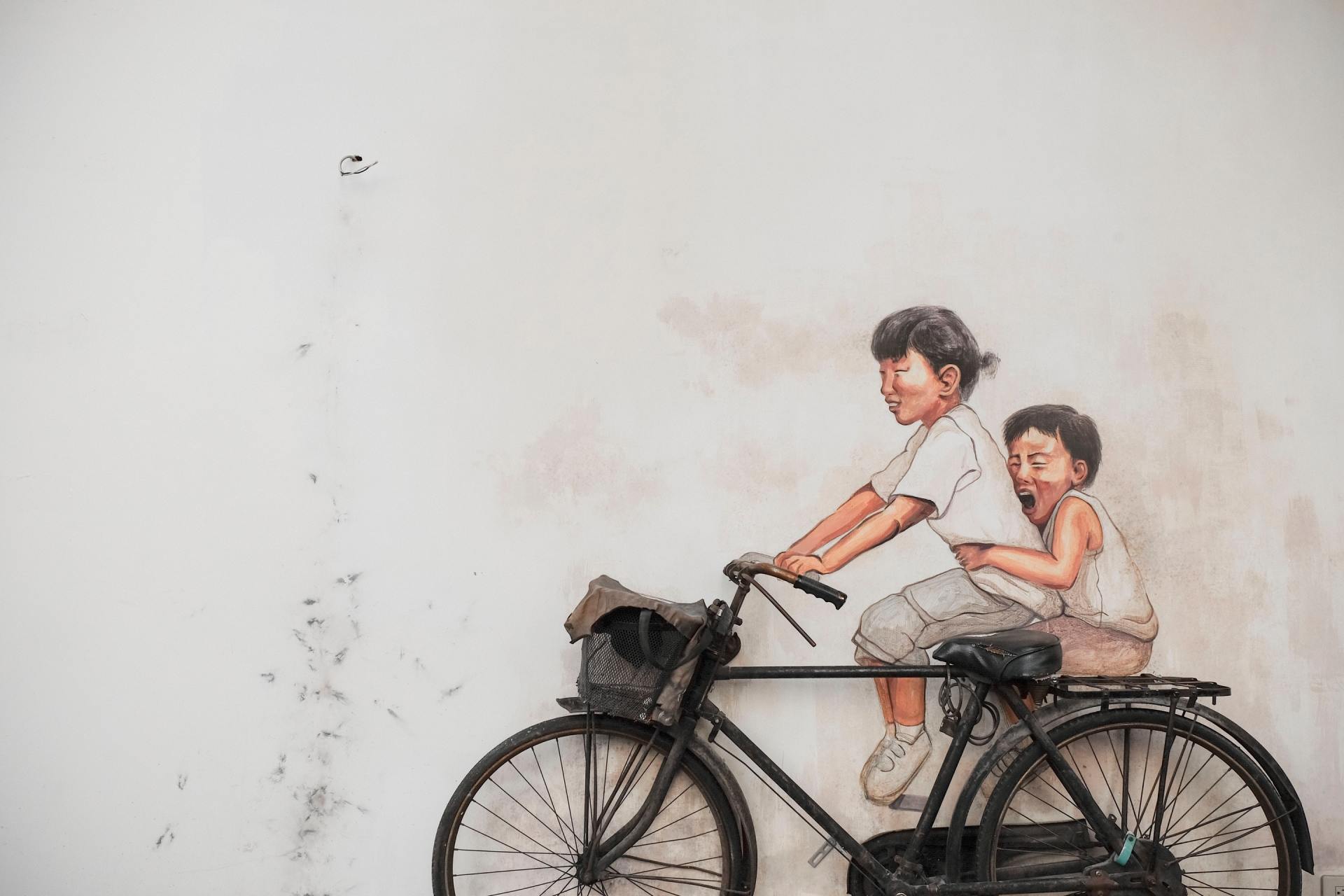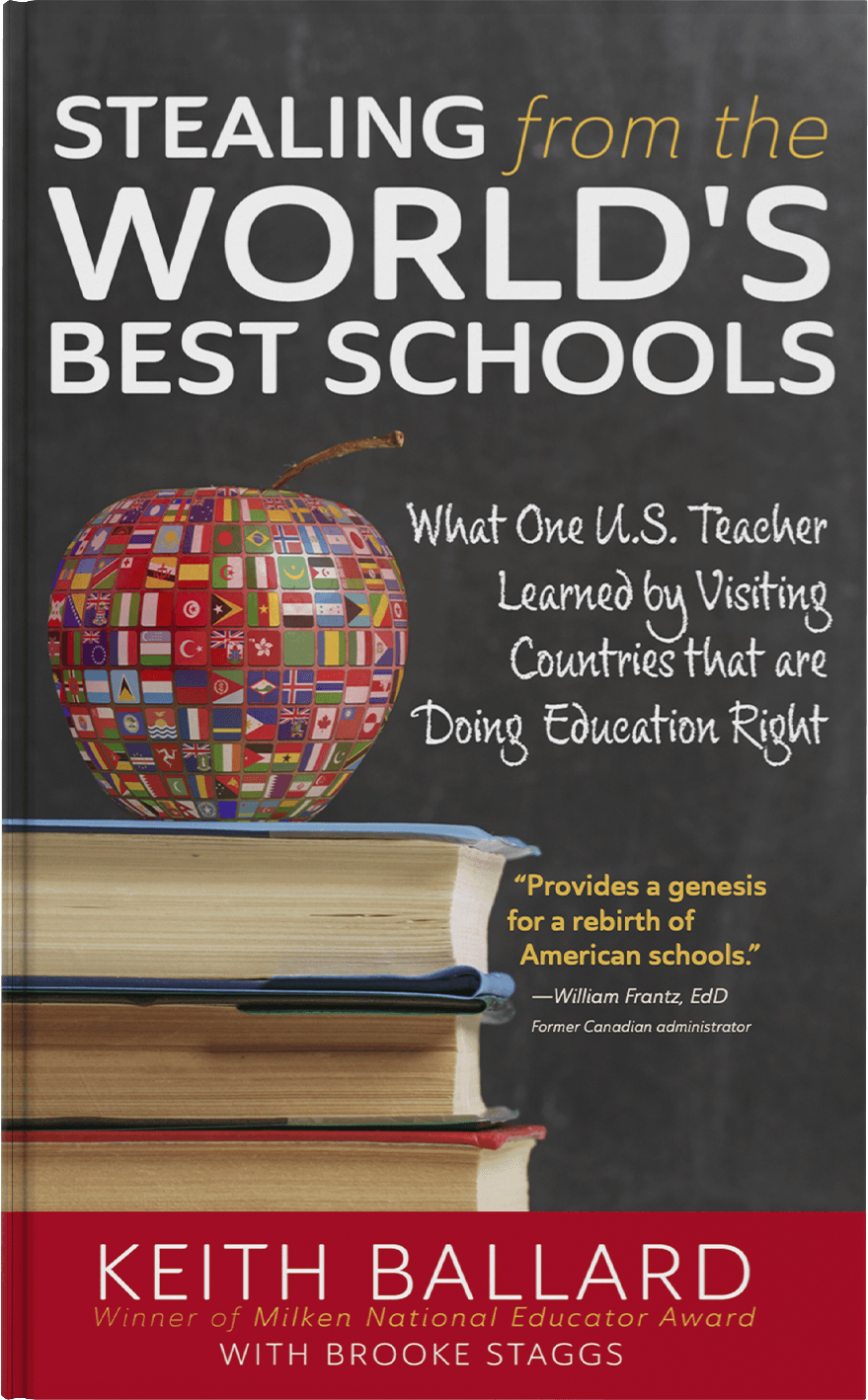OVERVIEW OF THE EDUCATION SYSTEM
The Ministry of Education (MoE) is responsible for setting and maintaining education policies and managing public institutions of education throughout Taiwan. The education system comprises:
- Basic education:
- Elementary education (six years)
- Junior high school education (three years)
- Senior secondary education (three years of either senior vocational schools or senior high schools)
- Higher education institutions, including colleges, universities, institutes of technology, and graduate schools and postgraduate programs
The official language of instruction is Mandarin Chinese, and the academic year runs from September to June. The literacy rate among Taiwanese ages 15 and above was 98.5 percent as of 2014.
Students graduating from the Taiwanese education system do so with some of the highest scores in the world on comparative international tests, especially in more technical fields such as mathematics and science. However, the system has been routinely criticized for too great a focus on memorization (not atypical for this region of the world), and for producing graduates lacking the creativity of those coming from systems with more generalist, less exam-focused, curricular. In Taiwan, policymakers have attempted to address this perceived shortcoming through a series of ongoing educational reforms.
REFORMS AT THE BASIC AND SECONDARY LEVELS
Until recently, compulsory education in Taiwan lasted only nine years (six years of elementary education and three years of junior high).
As of 2014, the ministry implemented reforms that added three years of compulsory senior secondary education to the curriculum. Among other goals, the transition to the 12-year system sought to address long-standing criticisms of the previous system. Per the Center on International Education Benchmarking, the reforms:
- Created ‘exam free’ pathways to upper secondary school
- Decentralized an overly restrictive curriculum
- Offered high-quality early childhood education to all students
- Subsidized students from disadvantaged homes, and strengthened supports for disadvantaged students
- Improved vocational education and training (VET) programs
- Made arts education available to all students
- Promoted e-learning
(Additional information about primary and secondary education in Taiwan, as well as sample credentials, are available later in this article.)
HIGHER EDUCATION: MASSIFICATION, OVER-CAPACITY, AND CONTRACTION
Over the last 30 years, Taiwan’s higher education system has undergone rapid massification, transforming from an elite system to a universal one. More than 5 million Taiwanese now hold post-secondary degrees; an estimated 1.3 million have graduate degrees, up from 570,000 in 2005. Rapid growth has strained both the higher education sector and Taiwan’s economy, with highly educated graduates flooding an island labor market that is not able to absorb them.
Growth began in the mid-1980s, and accelerated in 1996, when the Taiwanese government sanctioned the creation of new private higher education institutions and new players flooded the sector. It accelerated when president Chen Shui-bian (who served from 2000-2008) sought to fulfill his campaign promise of a “university in every county.” Between 1984 and 2014, the total number of higher education institutions (HEIs) in Taiwan jumped from 105 to 159 – a growth rate of 66 percent.
In the face of low birth rates and declining demand, Taiwan’s Ministry of Education announced plans to merge some universities beginning in 2015. According to the Taipei Times, the “ministry estimated that eight to 12 of the 51 public universities in the nation, and 20 to 40 of the 101 private universities” would merge or close by 2023. The plan is a response to the population decline, as well as to overarching concerns about both the quality and sustainability of the sector.
Population decline poses an ongoing challenge for Taiwan’s higher education sector, and has implications for both inbound and outbound mobility. The Ministry of Education has predicted that the numbers of enrolled students will “drop by a third by 2023.” Recent articles also note other difficulties that the Taiwanese higher education sector has faced in remaining competitive in a globalized education market, not least in terms of governmental budget allocations. The government allotment for education in Taiwan represents less than one-quarter of the country’s budget, with only one-third of that going to higher education. That money is then allocated to higher education institutions across the country, making it difficult for universities to compete for and keep scholars and staff who have more lucrative opportunities in other countries.
Recent rankings have also hurt Taiwanese institutions. Taiwan’s top university, National Taiwan University, recently suffered a major fall in its presence on the Times Higher Education World University Rankings list. On the 2014-2015 list, the university’s rank fell drastically from #51 down to #155. On this year’s list, the university has not improved and is ranked at #167.
Ongoing mergers pose additional challenges. One proposed merger between National Tsing Hua and National Hsingchu Normal, for instance, has raised concerns that National Tsing Hua University’s quality and reputation will suffer. Students have also held protests regarding the perceived “hasty planning and a lack of transparency in the decision-making process.”
For two years in the late 1980s, before China emerged as the globally dominant supplier of international students, Taiwan was the leading sender of students to the United States. The number of Taiwanese students on U.S. campuses peaked 1993/94 at some 37,581. It has been declining ever since.
In the 2014-2015 academic year, Taiwan sent 20,993 students to the U.S., making it “seventh leading place of origin” for U.S.-enrolled international students. (In 2013-2014, it held the sixth spot on the list.) Roughly three-quarters of Taiwanese students in the U.S. enroll in higher education; 28.8 percent pursue undergraduate studies; and 45.8 percent enroll on graduate programs. The remaining 25.4 percent enroll in optional practical training programs and other educational programs.
The 2014-2015 academic year represents the eighth consecutive year of declining U.S. enrollments of Taiwanese students — but other regions around the globe have seen growth. For instance, in 2012/13, even as Taiwanese enrollments dropped in the U.S, the Ministry of Education reported a slight uptick in outbound student mobility elsewhere. In 2013, the U.K. saw a spike in enrollments, with some 16,000 Taiwanese studying in the U.K. – a substantial leap over the 4,600 the previous year. China’s vice minister of education, Chen Te-hua, attributed the spike to active recruitment by U.K. institutions. In 2014, Australia saw its total number of Taiwanese enrollments rise to 9,998, a 24.3 percent increase over the prior year’s tally of 7,200.
More recently, Taiwan has also focused inbound mobility among international student from other nations. In 2014, for instance, Taiwan’s government established a 2020 goal of 150,000 international higher education enrollments. Taiwan has seen results from these international recruitment efforts, with an increase of 17.7 percent in its numbers of foreign students between 2014 and 2015. The current international student total of 110,000 is primarily comprised of students from mainland China, Hong Kong, Macau and Malaysia.
TAIWAN’S EDUCATION SYSTEM IN BRIEF
Preschool
Preschool education is not part of Taiwan’s compulsory education system; it is, however, supported by the government, which provides assistance to financially disadvantaged families to enroll their children. In 2012, the Early Childhood Education and Care Act consolidated the education and care of young children ages 2-6 under a single administrative system.
Private preschools are not sanctioned by the government, but many exist. A number of private preschool chains operate under franchise arrangements throughout the country, offering accelerated courses to capitalize on public demand for academic achievement. Many offer English immersion programs.
Primary Education
Compulsory education begins at the primary level, at age six. It spans grades 1 through 6. Primary subjects include: Mandarin, mathematics, science, English (typically beginning in Grade 5), native languages, social studies, homeland education, music, and art.
Students graduate from primary school with a primary school diploma. They are not required to take a test to enter junior high school.
Junior High School
Junior high school lasts three years, from grades 7 through 9.
Junior high students may pursue either an academic or vocational track. Upon graduation from grade 9, students continue on to senior high school. Those on the academic track must take an exam to obtain placement in high school. (Reforms have sought to mitigate the pressure imposed by a notoriously difficult high school entrance exam; more on this below.)
Vocational students continue on to more senior levels without testing.
- Subjects covered in the academic track include: Literature; mathematics; English; science & technology (biology, chemistry, physics & earth sciences and technology); social studies; home economics & crafts; art; physical education. At the end of junior high, students on this track participate in a nationwide, two-day exam that helps to determine where they attend high school.
In 2015, the MoE began requiring senior high schools to admit at least 50 percent of students based on results of the exam, which is called the Comprehensive Assessment Program. (Prior to the reform, 61 percent of Taiwanese junior high students did not earn high enough scores to obtain placement in high school.) Under the reformed system, top scorers have the opportunity to take assessments offered by certain high schools that offer specialized programs, typically in either music or science.
- Subjects covered on the vocational track are governed by a technical curriculum called the Practical Technical Program. The curriculum aligns with the academic track until the third year of junior high, when technical training is introduced. Students on the vocational track can attend senior vocational school without any additional entry requirements. They are not required to study English, mathematics or science.
Senior High School
Three years of senior high school are now mandatory for Taiwanese students. Senior high school extends from grades 10 through 12. Like junior high, it includes either an academic track or a vocational track. Some students may opt to pursue alternative secondary education options called bi-lateral high schools, comprehensive junior-senior high schools, or junior colleges. These options are outlined at the end of this section.
- Academic senior high schools prepare students for higher education. Much of the focus is on preparing for rigorous college entry exams. Senior high schools also encourage participation in extra-curricular activities such as student societies, non-governmental organizations, and international competitions, which also influence admissions into higher education. (Admission to the most competitive universities was once governed entirely by performance on standardized tests, but now depends in part on involvement in such activities. University admission requirements are discussed in greater detail below.)
- In grades 10 and 11, all students on the academic track pursue a similar curriculum, which includes both electives and core subjects. These core subjects are: Chinese, English, civics, the philosophy of Dr. Sun Yat-Sen, history, geography, mathematics, basic science, physics, chemistry, biology, earth science, physical education, music, fine arts, industrial arts, home economics, and military training.
- In grade 12, students choose a specialization in either humanities/social sciences, or engineering/natural science.
Students who successfully graduate from academic high schools are awarded a Senior High School Leaving Certificate (Diploma).
- Secondary vocational schools offer pathways to either employment or additional education. Incoming students typically choose an area of specialization, such as electrical or civil engineering, computer science or business. The curricula typically involve general education subjects, applicable technical and vocational subjects, electives, and group activities. Students graduate with 162 credits and the Senior Vocational School Certificate of Graduation (Diploma). Graduates of three-year vocational programs can choose to take the national university entrance exams and go on to earn a four-year undergraduate degree. Senior vocational schools provide basic technical skills in industry, technology, commerce, marine products, agriculture, nursing and midwifery, home economics, opera and the arts.
Alternative Pathways
Comprehensive Secondary Education Options offer students’ alternative pathways through the final years of mandatory schooling. These include:
- Bilateral high schools: These schools offer students the option of pursuing both technical/vocational and academic streams of education for the entirety of their three-years at the secondary level.
- Comprehensive junior-senior schools: These schools allow students to complete both junior- and senior-high education at the same institution, without sitting for examinations between cycles. The curriculum includes Chinese, foreign languages, mathematics, natural science, social sciences, art, physical education, business studies, data processing, home economics, and computer studies. The first year of the senior program is purely academic. In the second year, students can specialize in a vocational field and also continue to pursue an academic education. Students receive a diploma, which does not indicate that they have studied at a comprehensive junior-senior school. Instead it documents the subjects studied and any credits obtained for vocational education. This allows students to pursue any form of tertiary education or employment.
- Junior Colleges: Junior colleges mid-level technical and managerial skills. In addition to a two-year track available to high school graduates, they provide a five-year programs open to junior high school students who pass a national examination. The first three years are considered senior secondary, and the last two years are post-secondary. The first three years of the curriculum parallel those of vocational schools at the secondary level. The final two include more advanced materials. Students graduate with the equivalent of an associate’s degree and are ready to enter the workforce. Some students may choose to continue their studies at a two-year technical institute. Some may opt to transfer into a four-year university. The two-year pathway is described below.)
Higher Education
University Admission
Prior to reforms in 2001, admission to tertiary studies was based exclusively on the Joint University Entrance Examination (JUEE). In 2002, the introduction of a multi-channel admission process sought to deemphasize JUEE performance as the sole criteria for admissions to colleges and universities. Under the current system, all students seeking admission to colleges and universities sit for one or both of the following exams.
- The Subject Competency Test, which includes several 100-minute exams in subjects covered by the general academic senior curriculum. These include Chinese, English, math, and natural and social sciences. Subject competency tests are taken during the last semester of senior school studies.
- The Designated Subject(s) Examination, which is based on the JUEE and aims to test depth of knowledge in certain specialties (1-3 subjects). This exam is typically taken in July.
The multi-channel structure includes several routes for admission:
- Performance-based, as determined by a combination of results on both Subject Competency Tests and the Designated Subject(s) Examination.
- Recommendation- and performance-based. In this scenario, high schools recommend students to one university faculty of the students’ choice. Students then sit for the Subject Competency Test. Faculty select students based on their test results, and, in some cases, an interview or additional assessments.
- Self-selection. Students may also apply to specific faculties independently of their high schools. The process for the recommendation- and performance-based pathway (as described above) applies.
Technical and Vocational Higher Education
Technical and vocational programs are offered at community colleges, junior colleges, and institutes of technology. The Department of Technological and Vocational Education in the Ministry of Education is responsible for administering technical and vocational education at both the senior-secondary level, and for post-secondary education.
- Community colleges are a relatively new phenomenon in Taiwan. Taiwan’s first community college – Taipei Wenshan Community College – was established in 1998. The goal of community colleges is to expand access to tertiary studies to anyone and everyone, including adults with limited secondary qualifications, and admission is essentially open. County and municipal authorities manage the colleges and handle funding, supply of teachers, curriculum and enrollments.
- Junior colleges: At the post-secondary level, junior colleges offer two-year programs that train students for positions as mid-level technicians and managers. (They also offer five-year programs, as described above, that are open to qualified junior high graduates.) Subjects covered include industry, commerce, medicine, marine resources, languages, home economics, tourism and hospitality. Students graduate with a Certificate of Graduation or Diploma comparable to a U.S. associate degree. Students who complete a two-year junior college program may also opt to transfer to the last two years of an undergraduate program in the same or similar field.
- Some opt to pursue further education at institutes of technology, or universities of technology.
- Others opt to take a transfer exam to enter regular colleges and universities. They must transfer 80 credits from junior college and earn 72 more for the bachelor’s degree.
- National institutes of technology offer two-year programs for graduates from junior colleges and four-year bachelor degree programs. Four-year programs are typically for senior high and vocational school graduates and offer in-depth job and vocational training. Institutes of technology also offer graduate-level programs. All national institutes of technology are public. Some private four-year institutes have also entered the space and offer bachelor and graduate degrees.
Academic Education – Undergraduate
Bachelors’ degrees are typically completed within four years. Students may be granted extensions of up to two years to fulfill their requirements. Bachelors’ degrees are offered by:
- universities
- four-year colleges
- institutes of technology
- universities of technology
The program of study for a bachelor’s degree is structured much like it is in the United States, with the first two years constituting general education and an introduction to subjects in a student’s expected area of specialization. The last two years are typically reserved for more advanced coursework in the student’s area of specialization. A minimum of 128 credits is the minimum required to graduate, although most programs require between 132 and 175 credits.
Some specialized undergraduate programs require additional credits and time to complete.
- Bachelor of Fine Arts degrees can take between four and five years to earn.
- Dentistry programs are six years in length.
- Medical degrees require between seven and eight years of study.
- Architecture and veterinary science degrees typically take five years.
- Like medicine, law is an undergraduate degree. The program typically lasts four years.
Academic Education – Graduate
Master’s degree programs require one to four years of study, although the standard is two years. Typically, programs require a mix of coursework, 24 credit hours, examinations, and a thesis. Students take core and elective courses, the exact mix of which will vary depending on the discipline. Students must also meet a minimum knowledge requirement in English and a second foreign language.
Entrance to doctoral programs is typically based on a master’s degree, though some programs admit bachelor’s degree holders. Doctoral programs last two to seven years, depending on the admission requirement. They include a period of a full-time course load, and an additional research period, which culminates in a thesis.
Teacher Education
Qualified teachers at the pre-school, primary and secondary-level are required to hold a four-year teacher education degree. These programs are offered at both public and private institutions. Pre-school and primary teachers are typically instructed at teacher’s colleges, while secondary school teachers are trained at universities.
Teacher-training programs are typically four-year and full-time. They yield between 128 and 148 credits and are followed by a six-month internship. After completing the internship, graduates are awarded the Qualified Teacher Certificate. In order to be recognized, they must sit for the Ministry of Education’s Teacher Qualification Exam.
The program of study at teacher training programs typically includes general education courses, pedagogical study, and classes pertinent to subject specializations.
Students can also take a two-year teaching program at a teachers’ college if they have a two-year junior college teaching qualification.
Sources:
https://www.taiwan.gov.tw/content_9.php
https://wenr.wes.org/2016/06/education-in-taiwan

